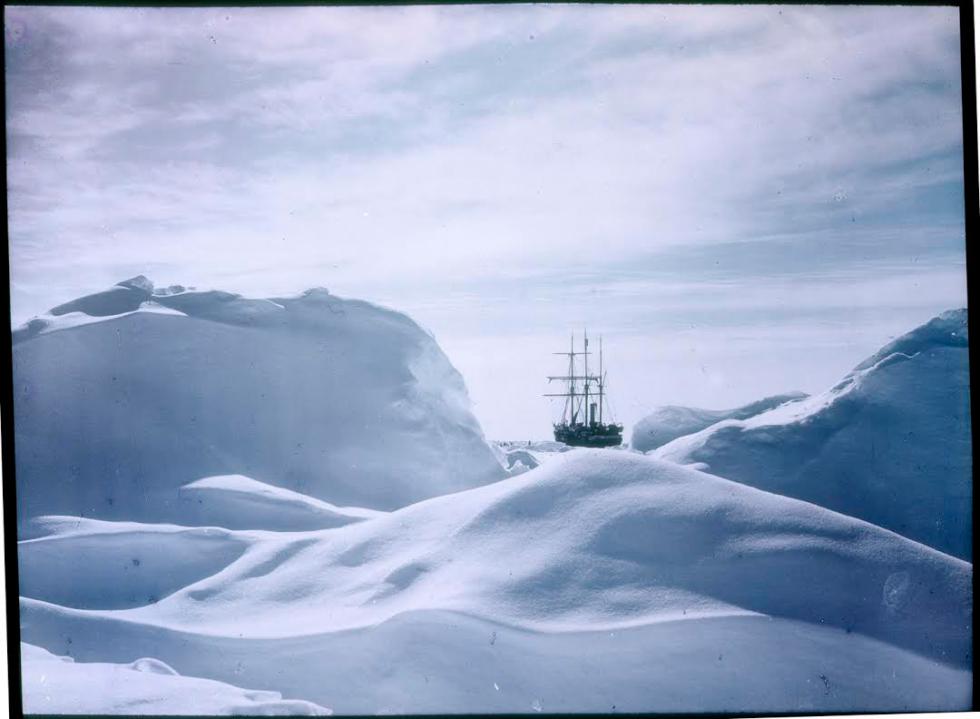At long, long, last, I can finally announce: this is the last Cinemadope column of this long, long winter. Next week, spring will be upon us, at least by the calendar, and we can all begin to forget the frigid and snowbound Sartre play that this winter has been. To give just one example of the absurd futility that New Englanders faced during the worst of it, a Bostonian friend of mine managed to land what must have been one of the city’s last available snowblowers, only to find that the walls of already cleared snow were so towering that her machine couldn’t toss snow over their peaks. She blew and blew, and it all just landed again at her feet.
Still, there is always someone somewhere who has it worse, and a good many of those stories have been captured on film. For instance, most of us probably weren’t forced to eat our neighbors in order to survive (see Alive, 1993), or left to die with a broken leg in an icy mountain crevasse (Touching the Void, 2003). But when it comes to stories of surviving the cold, there is always one tale to which all others circle back: the story of Ernest Shackleton and the Endurance Expedition.
That ill-fated adventure — in which the Antarctic explorer and his crew found their ship hopelessly, helplessly, trapped by crushing ice — is the subject of South, the 1919 film produced by Shackleton himself and restored much later by the British Film Institute to return it to its original tints and toning. This Monday, it screens at Amherst Cinema as part of the theater’s Science on Screen film series, which aims to pair a wide variety of films with post-screening discussions with experts in related fields. The speaker this time out is Julie Brigham-Grette from the UMass Amherst Department of Geosciences. An experienced expedition leader who was recently named Chair of the Polar Research Board of the U.S. National Academy of Science, she will focus the discussion on the subject of leadership during crisis.
She could hardly have a richer subject. While Shackleton certainly met with some quarrels during the Antarctic adventure, he was a remarkable leader who kept his crew together through terrible tribulations. This story of survival would be scoffed at if it were fiction. A ship lost to crushing ice after a year spent living on ice floes; an 800-mile journey in a small open boat to find help; a never-before-attempted mountain crossing to reach civilization — all took place under the eye of Frank Hurley, a cameraman who had been hired to document what was expected to be a successful Antarctic crossing. It is Hurley’s footage that provides the bulk of the film’s impact, giving us a firsthand look at the sort of winter that few of us, luckily, will ever have to endure. After South, the drifts of South Boston don’t look so bad.
Also this week at Amherst is The Iron Giant, director Brad Bird’s (Ratatouille, The Incredibles) pitch-perfect 1999 film debut that tells the Sputnik-era story of a giant metal robot that falls from the sky and is adopted by the nine-year-old Hogarth Hughes. A boy who daydreams of battling a cartoon communism, Hogarth (along with Harry Connick Jr. as Dean, the beatnik artist who helps him out) gets a real-world lesson in the politics of the day when a federal agent starts sniffing around the Hughes house to get to the bottom of the story.
Bird’s film also did something I never thought a film could do: it got Vin Diesel to make me cry. It screens Saturday morning at 10 a.m. as part of the cinema’s Family Films Series, but if you don’t have a family to take, don’t let that stop you. Just go, and enjoy the sort of storytelling that we see all too little of in films anymore.•
Jack Brown can be reached at cinemadope@gmail.com.





